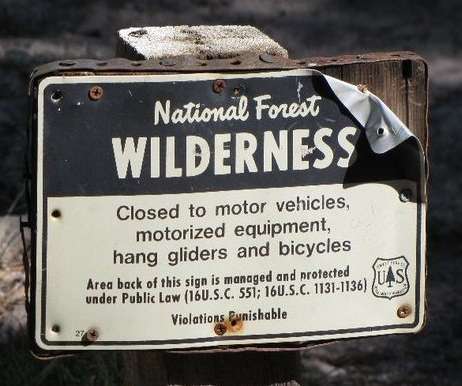A Birder’s Guide to The Wilderness Act
10,000 Birds
OCTOBER 12, 2021
The National Wilderness Preservation System now includes more than 800 congressionally designated wilderness areas totaling more than 110 million acres in 44 states and Puerto Rico. For example, hunting is not permitted in most NPS wilderness areas, but it is often allowed in wilderness areas managed by the other agencies.












Let's personalize your content